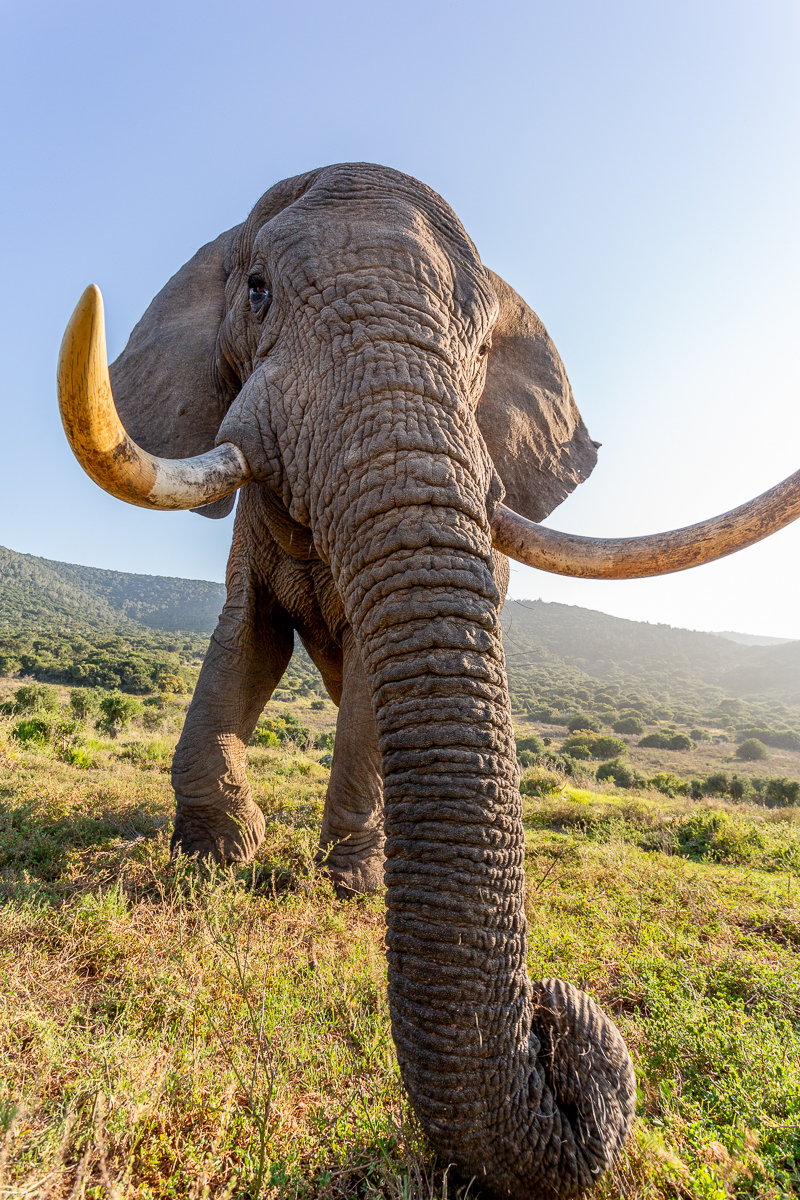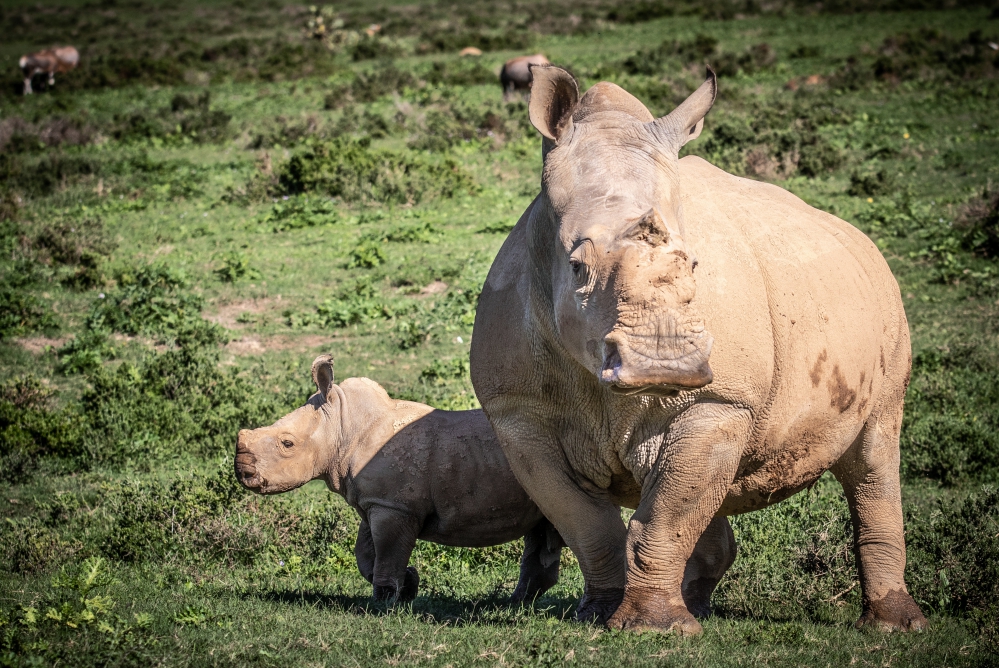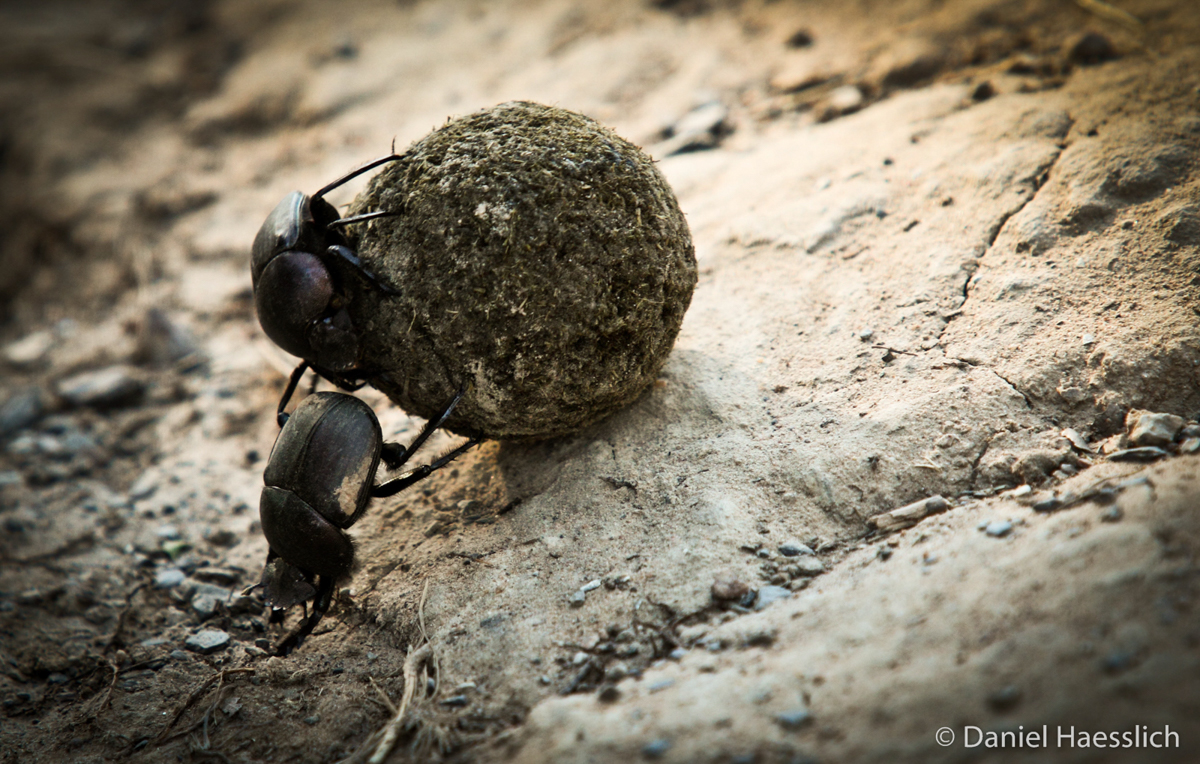BBC Earth: South Africa's Strongest Animals
Earlier in 2019 a BBC Earth crew, including presenter Hannah Stitfall and cameraman Benn Berkeley, exclusively filmed a four part wildlife series at Kariega Game Reserve in South Africa's Eastern Cape. The series is called BBC Wild Lands South Africa. This video is the fourth in the series and is titled " South Africa's Strongest Animals | Wild Lands: South Africa | BBC Earth."
This video features African elephants, dung beetles and information about rhino poaching, including an update on the first rhino poaching survivor that lives in the wild at Kariega.
South Africa's Strongest Animals: African Elephants
While at Kariega, the BBC Earth crew went looking for one of South Africa's strongest animals, the African elephant. They didn't expect that the largest tusker and dominant male would find them first!
Trying to find elephants in the African bush can actually be quite difficult. Despite their size, elephants can disappear into the thick shrubbery in seconds. While on safari, your guide will look for clues including fresh dung, newly broken branches and listen for noises that could give insights into the location of the elephants.
In the video you see the moment when the dominant male elephant sneaks up behind the game drive vehicle without making a sound, and casually walks past. He scares the BBC Earth stiff as they had been looking the other way while waiting quietly for the elephants to emerge!
African elephants are the largest living land mammal and adult males or bulls can weigh up to seven tonnes. Males grow to be much larger than females, also called cows. African elephants are by brute force the strongest animal on earth. They have hundreds muscles in their trunks alone.
The African elephant herd is controlled by a female called the matriarch. She is usually the oldest cow and will lead the herd as she knows the land the best. The elephant matriarch will also teach the members of the herd how to navigate the area, how to behave, where to find water and other essential survival skills.

South Africa's Strongest Animals: Dung Beetles
Most people have seen images or videos of little black beetles rolling their ball of dung around. These are called dung beetles. In the BBC Earth video Hannah explains why these funny looking creatures are so important to their ecosystems, the huge variety of dung beetle species found in South Africa and how they use dung for various purposes.
Dung beetles are featured in this BBC Earth episode on South Africa's Strongest Animals as the have incredible strength compared to their body size and weight. A dung beetle can push a dung ball 50 times its own body weight! Very impressive. Imagine a human bench pressing 50 times their own body weight!
There is even a specific species of dung beetle that tops this strength many times over. The dung beetle species is the Onthophagus taurus and can pull 1,141 times its own body weight. This is the same as a human being pulling six double-decker buses full of people or 80 tonnes with only muscle power. The dung beetle deserves its place as one of the strongest animals on this planet! Read more interesting facts about dung beetles.
South Africa's Strongest Animals: Rhinoceros
The rhinoceros is the species that needs to show the greatest strength to survive the ongoing attack from poachers. South Africa is home to nearly 80% of the world's rhinos, by far the largest rhino population of anywhere in the world. However, between 2013 and 2017 over 1,000 rhinos have been killed each year in South Africa alone. In 2012 Kariega Game Reserve suffered a brutal poaching attack. One rhino died that night, another male died 24 days later but one female survived. Thandi became the first rhino to ever survive a poaching attack. She has become an icon in the fight against rhino poaching. Read more about the inspirational story of Thandi.
Thandi not only survived this brutal attack but has gone on to have three calves. Most rhinos do not survive a poaching attack and so many die painfully from the loss of blood. Thandi and her story has helped rhino conservation all over the world. 2018 was the first year in a decade that rhino poaching numbers in South Africa showed a small decline. This shows that the efforts of anti-poaching units are working. However, there is much work to be done.
Find out more about the Kariega Save the Rhino project. Donations help ensure that Thandi, her family and other rhinos find sanctuary at Kariega Game Reserve. You can also adopt Thandi and family in a fund raising initiative operated by the Kariega Foundation and international wildlife charity Helping Rhinos.

Hannah reminds us of something very important at the end of this wonderful episode when she says, “Our ever fragile environment is under a monumental threat, one never seen before in the history of the human race and it is our responsibility to protect it. The actions we now make towards saving the environment have never been more crucial before we loose what all life on earth depends on.”
Further BBC Earth South Africa Episodes
This four part BBC Earth South Africa Wild Lands series includes the following episodes:
- Deadliest Predators – Featuring hippos, lions and servals.
- Strongest Animals – Featuring elephants, dung beetles and rhinos.
- Weirdest Animals – Featuring secretary birds, millipedes and giraffes.
- Sneakiest Animals – Featuring black-backed jackals, baboons and zebras.
Be sure to subscribe to our blogs and join our Facebook, Instagram and Twitter communities to make sure you don't miss our updates about the rest of the BBC Earth Wild Lands South Africa episodes.
You are also welcome to submit your wildlife photographs taken at Kariega Game to our 2020 Facebook and Instagram Photo Competition. The prize for the winners is an all-inclusive two night stay for two people at Ukhozi Lodge. Read here to find out how to enter:
Photo credits to field guide Brendon Jennings and APU manager Daniel Haesslich.











